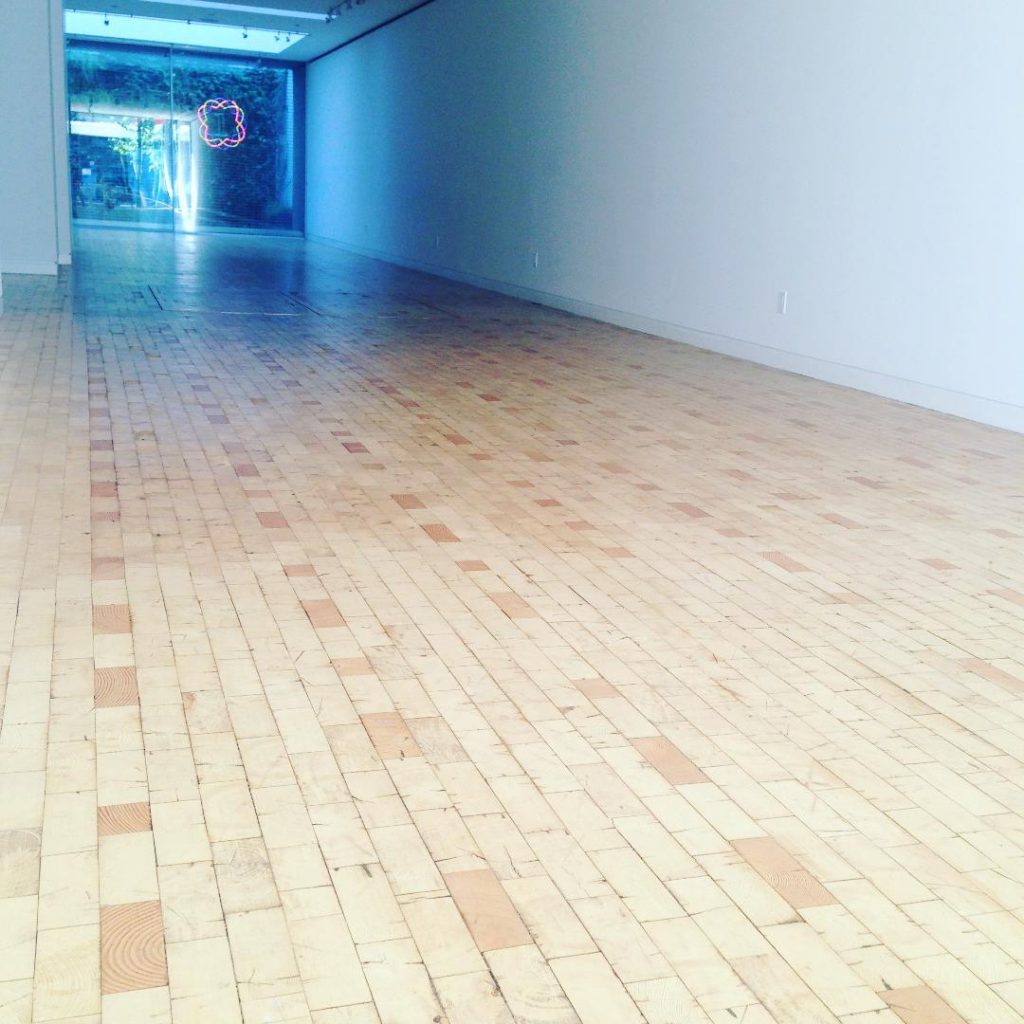 If you see Roy Nathanson on the Q train, head down and pen out, he’s working on a poem. If you see him with his saxophone raised, he’s exulting in song or free improvisation.
If you see Roy Nathanson on the Q train, head down and pen out, he’s working on a poem. If you see him with his saxophone raised, he’s exulting in song or free improvisation.
More and more, the two activities have merged for the 64-year-old Brooklynite.
From June 2-7, Nathanson’s residency at The Stone, the tiny club John Zorn founded in Manhattan’s East Village, will explore the words and sounds and, most of all, the friendships that fuel Nathanson’s restless and genre-bending creativity. His duet partners will include guitarist Marc Ribot, pianists Myra Melford, Anthony Coleman and Arturo O’Farrill, and trombonist Curtis Fowlkes, Nathanson’s fellow founder of the Jazz Passengers group. His bandmates include the members of his unusual Sotto Voce ensemble, in which everyone sings and a beatboxer rules the rhythm section, and all-stars from Manhattan’s Institute for Collaborative Education, where Nathanson runs the music program.
Nathanson has an uncanny knack for translating words into music and vice versa. His poem inspired by the tune “All the Thing You Are” contains this verse:
Today when we were cooking oatmeal
I heard Sonny Criss drive his Selmer
through the “Angel glow that lights a star” line
and I marveled at the metaphorical power of stars
How they rise above the bridges of all these old tunes
Nathanson also has a way of drawing great musicians into his own world regardless of the material. But this week, such communion will focus very much on one song: “The Nearness of You.”
Nathanson shared with me his enthusiasm for the program, and for that song:
This week of concerts feels particularly emotionally powerful since somehow, at 64, I’ve fallen back totally in love with my saxophone. Reed craziness and all. These last 10 years or so I’ve been concentrating almost entirely on connecting text and words—particularly on understanding how poetry, metaphor, voice and saxophone work together as language. This has also corresponded to the period I’ve started the ICE music department and involved my students in much of my artistic exploration.
A combination of aging, life troubles and changes, and diving again into Eric Dolphy’s language for Russ Johnson’s “Out To Lunch” project made me remember how my saxophone itself can tell a story without words. How just breath moving from note to note is a magical thing to savor. That a singing note is just a crazy cool thing.
For this Stone residency, I’m exploring duo conversations with old collaborators and friends whose language I know well: Marc Ribot, Curtis Fowlkes, Anthony Coleman, Arturo O’Farrill, Myra Melford, Claire Daly and Napoleon Maddox. These are people with whom I’ve spent years playing concerts with and sharing life experiences with. Anthony and I recorded 3 CDs and worked with musical gesture, words, free improv and composition. Curtis and I started the Jazz Passengers with this duo process. Marc and I have played together for over 35 years. The duo with Anthony hasn’t been heard in years, and others like the duos with Myra and Arturo are projects I’ve always wanted to do. If words come out of this duo process at the Stone, fine; but mostly the improvisations will be an older kind of storytelling for me. I will also have the pleasure of playing with the groups I’m most associated with: The Jazz Passengers, Sotto Voce and the recent Out to Lunch project.
While rehearsing last week with Arturo, he had the idea of playing “The Nearness of You,” a song I always loved. Arturo discussed how the song always seemed full of ambiguity, and I felt that too. That ambiguity was part of what I always found beautiful about it. Musically I remember both my dad [also a saxophonist] playing it, and how it in organ bars while I played in Charlie Earland’s band, I felt it swing in ways that were almost oblivious to the lyrics. So I’m going to do a version of that song in every single duo.
Photo: Charna Meyers
Full schedule below:
6/2 Tuesday
8 pm
Roy Nathanson and Curtis Fowlkes Duo
Roy Nathanson (sax) Curtis Fowlkes (trombone)
10 pm
The Jazz Passengers
Curtis Fowlkes (trombone) Roy Nathanson (sax) Brad Jones (bass) Bill Ware (vibes) Sam Bardfeld (drums)
6/3 Wednesday (RJP)
8 pm
Marc Ribot and Roy Nathanson duo
Marc Ribot (guitar) Roy Nathanson (sax, poetry)
10 pm
Roy Nathanson Organ quartet feat. Marc Ribot
Marc Ribot (guitar) Greg Lewis (Hammond B3 organ) Nasheet Waits (drums) Roy Nathanson (sax)
6/4 Thursday
8 pm
Myra Melford and Roy Nathanson duo
Myra Melford (piano) Roy Nathanson (sax, vocal)
10 pm
Russ Johnson’s Still Out to Lunch
Roy Nathanson (sax) Myra Melford (piano) Brad Jones (bass) George Schuller (drums) Russ Johnson (trumpet)
6/5 Friday (SC)
8 pm
Roy Nathanson and Anthony Coleman duo (Lobster and Friend)
Anthony Coleman (piano) Roy Nathanson (sax)
10 pm
Roy Nathanson’s Sotto Voce
Roy Nathanson, Napoleon Maddox (beatbox) Tim Kiah (bass) Curtis Fowlkes (trombone) Jerome Harris (guitar) Sam Bardfeld (violin)
6/6 Saturday
8 pm
Arturo O’Farrill and Roy Nathanson duo
Arturo O’Farrill (piano) Roy Nathanson (sax)
10 pm
Institute for Collaborative Education All Star Band
Roy Nathanson, Isaiah Barr (saxes) Leo Hardman-Hill (trumpet) Sean Sondregger (sax) Max Balton (guitar) Nadeghe Giraudet (vocals) Zuri Gordon (poetry) Pete Karp (drums) Zara Acosta (clarinet)
6/7 Sunday
8 pm
Roy Nathanson, Napoleon Maddox, Claire Daly Trio
Roy Nathanson (alto and soprano saxes) Napoleon Maddox (beatbox) Claire Daly (baritone sax)
10 pm
Roy Nathanson with Zack O’Farrill Trio



